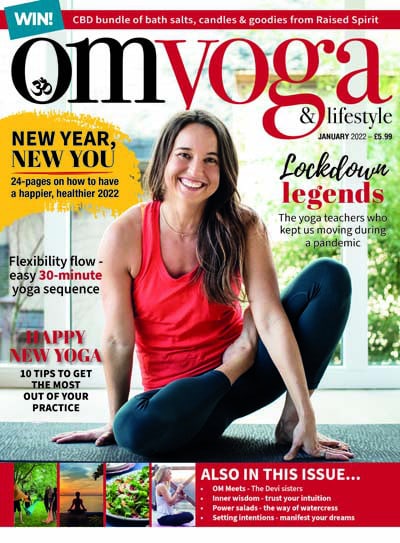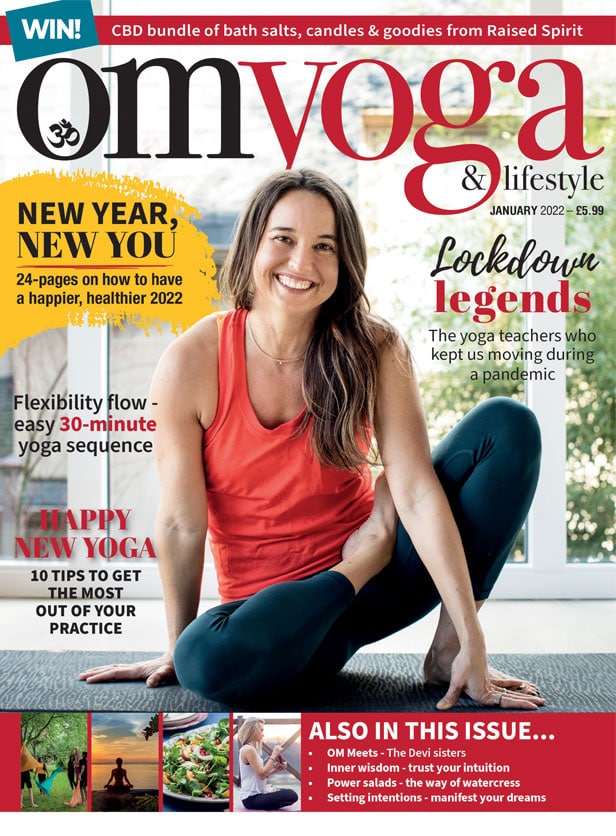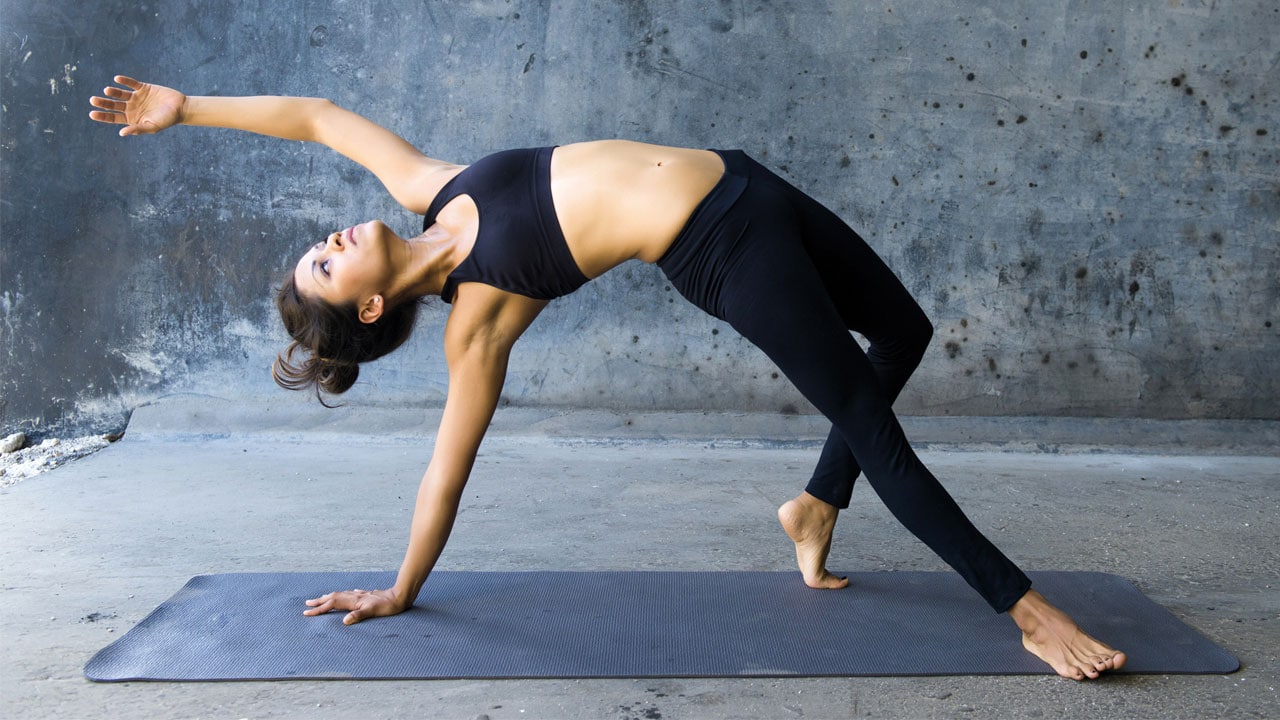
Happy New Yoga!
10 tips to get the most out of your practice in the new year! By Tiffany Cruikshank
If you’re like many people, you’re probably looking to welcome in 2022 through a new lens of health. Many of us are unwilling to sacrifice our health for our waistline and I’m a firm believer that when we are in balance our metabolism will find a healthy set-point as well. This year why not set some goals with all the layers of your health in mind, with the main goal of feeling great and being more resilient. With the importance of a healthy immune system top of mind these days there’s no time like the now.
After spending the past 25 years helping people optimise their health using yoga, mindfulness, holistic remedies and Chinese Medicine as tools to do this, I’ve comprised a list of my top recommendations to get the most out of your yoga practice in the new year.
This list looks at the many different facets of your health: mental health, physical health, organ health, nervous system regulation, energetic balance, immune support, fascial health, stress resilience, endurance, longevity and more. You can use them all or focus on what you need most to support yourself throughout 2022.
1. Noticing as the therapeutic agent
Such an easy one in theory and yet so easy to look past.
The noticing is a powerful element of our practice that shifts us from the external world to the internal realm. It also creates a baseline for our therapeutic work which supports our capacity to shift and find balance. Newer research suggests that enhanced body awareness and proprioception can even help regulate pain as it shares a common pathway in the wide dynamic range neurons of the spinal cord. Noticing is a simple addition to any practice and could mean resting in savasana to notice the sensations and awareness or could be used between or within any pose. We spend so much of our time focused on the postures but the noticing within or between poses points a finger to the changes there so our internal systems can take note and shift in response.
I like to think of the noticing as creating space for recalibration and, in a therapeutic context, this time may be just as important as the postures themselves. So don’t forget to lean into the listening in your practice.
2. Embrace your mechanical potential
Let’s not forget that there are some important benefits to the physical asana practices, especially as it relates to mechanical forces. When we take a microscope to the collagen matrix of our connective tissue, we see a lot of short- and long-term effects and the body doesn’t care whether that’s with weights at the gym or body weight in an asana practice. The short and sweet of it is that as we continue to regularly load or challenge our tissues the cells in our collagen matrix respond by laying down more collagen creating a stronger, more organised collagen matrix. So don’t skimp on the challenging poses, your cells are listening and responding to that as a form of communication to create more resilient tissues.
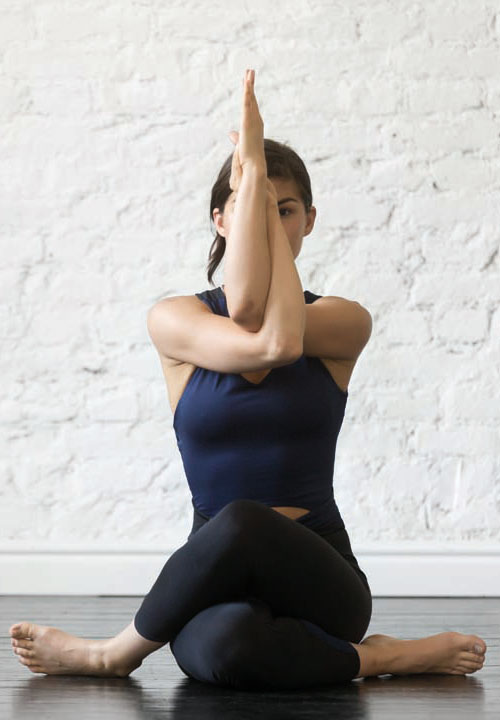
3. Apply a healthy dose of Yin Yoga
It’s easy to focus on the movement practices but there’s so much more to Yin Yoga and its benefits than meets the eye. For instance, a recent study and meta-analysis found that regular stretching over time had significant positive effects on cardiovascular health and arterial stiffness…some noteworthy findings considering heart disease has long been the number one cause of death. Keep in mind the correlation was with stretching and not flexibility so there’s no need for it to look good or to go deeper in the poses.
With that in mind, you might bring a different perspective to your Yin sessions, making them less about range of motion and more about internal health. Consider shifting your perspective to take in the more subtle circulatory shifts or perhaps the sensations associated with the relaxation response remembering that our work is potentially influencing the tissues, nervous system, immune function, heart health, circulation and so much more.
4. Curiosity as a superpower
In a yoga practice, curiosity can be a powerful tool and often the most efficient way to dissolve judgement and dissipate fear, allowing us to see clearly what is needed without an agenda or deadline. Curiosity allows us to be present and show up for ourselves, such an important tool in our virtual lives. Apply generously and watch the response.
Use liberally in asana practice, meditation, yoga nidra, pranayama, and life to dig a little deeper and uncover some helpful tools along the way.
5. Invest in mental health
The past couple years have shed some light on the importance of supporting our mental health so why not bring that attention onto your mat. Many of the tips listed here are helpful for supporting mental health, but one more simple thing you can do is to shift your perspective as you step on your mat to one of self-care as a form of nourishment. We tend to beat ourselves up about our health and end up stepping on our mat or choosing our food as a way of depriving ourselves, using extremes rather than self-care to bring us back to balance. Even this one small change can make a big shift. So that we move from using our body to get deeper into the pose, to using the poses to get deeper into our body and to support our health.
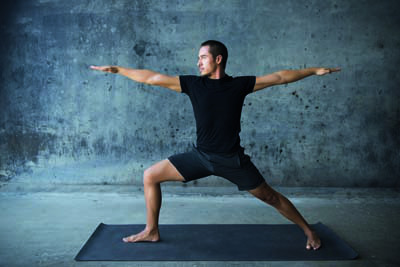
6. Less is more
In Traditional Chinese Medicine (TCM) the kidneys are considered one of the most precious organs as they are the root of our endurance and energy reserves, as well as the source of life, longevity and vitality. The kidneys are particularly important to support in the winter as we slow down and turn inward to support our energy reserves and health through the year. In the new year, we tend to focus on exercise and movement for quick effects, which is helpful, but what about supporting this long-term energy resource as a well of energy to keep our resolutions and health flowing through the year. In TCM, the kidneys are nourished with introspective practices like Yin Yoga, restorative yoga, and meditation. If your energy levels are waning, try adding some simple, introspective practices into your routine as an energy refuel. I like to think of it like setting your phone on the charger to recharge. Just a pose or two daily can be potent energy support.
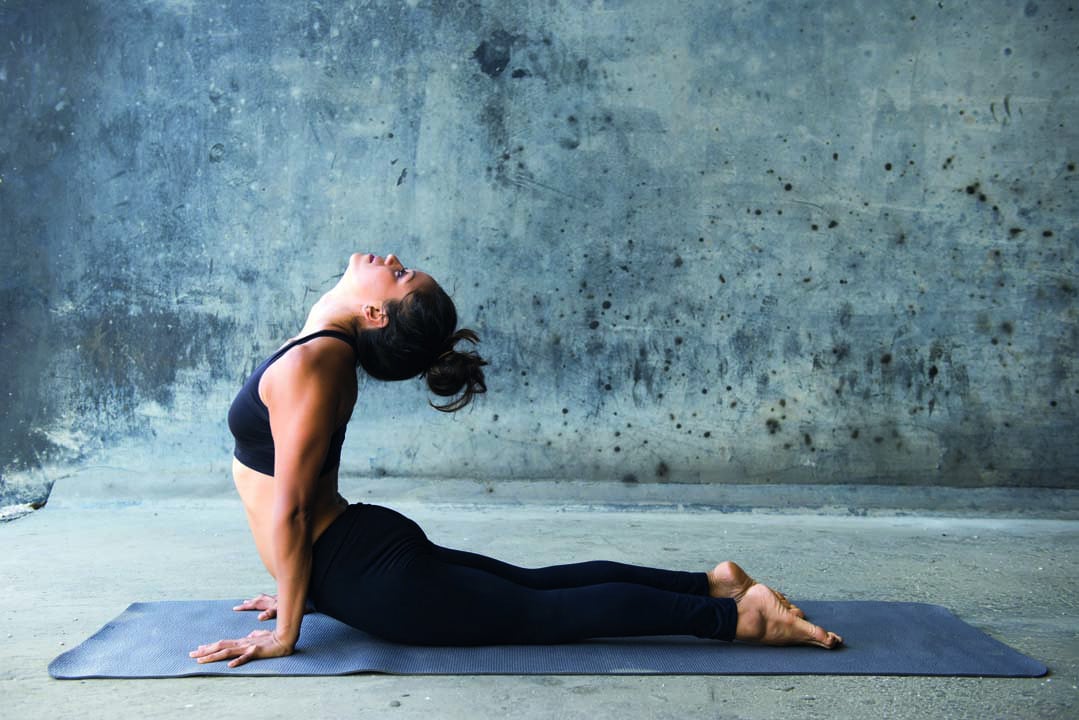
7. Cut yourself some slack
Remember there is no perfect way for everyone to do yoga. A potent therapeutic practice requires us to listen without judgement or preference so that we know when to challenge ourselves and when to back off and nourish ourselves. We spend so much time stressing and worrying about doing enough or being enough. Use your mat as a space where you can let that go and just be, however you show up that day. Letting go of any need for it to look or feel a certain way. Without needing what you find there to change or be any different than is it. Listen, take it in and see how your body responds.
8. Support female physiology
Contrary to popular belief, for most females supporting circulation through the period is a helpful way to support a healthy cycle. Traditionally, females were not allowed in the temples during their period and so intertwined with that we’ve also been told not to practice yoga during our period. As we learn more about the female reproductive cycle, we see that promoting circulation during this time is an important way to help facilitate the shedding of the endometrial lining that is so critical to the timing of the rest of the cycle. During this phase of the month explore ways to keep your circulation moving to facilitate elimination and see how this feels for you. That might be a vigorous or mellow practice but experiment and find what feels helpful for you.
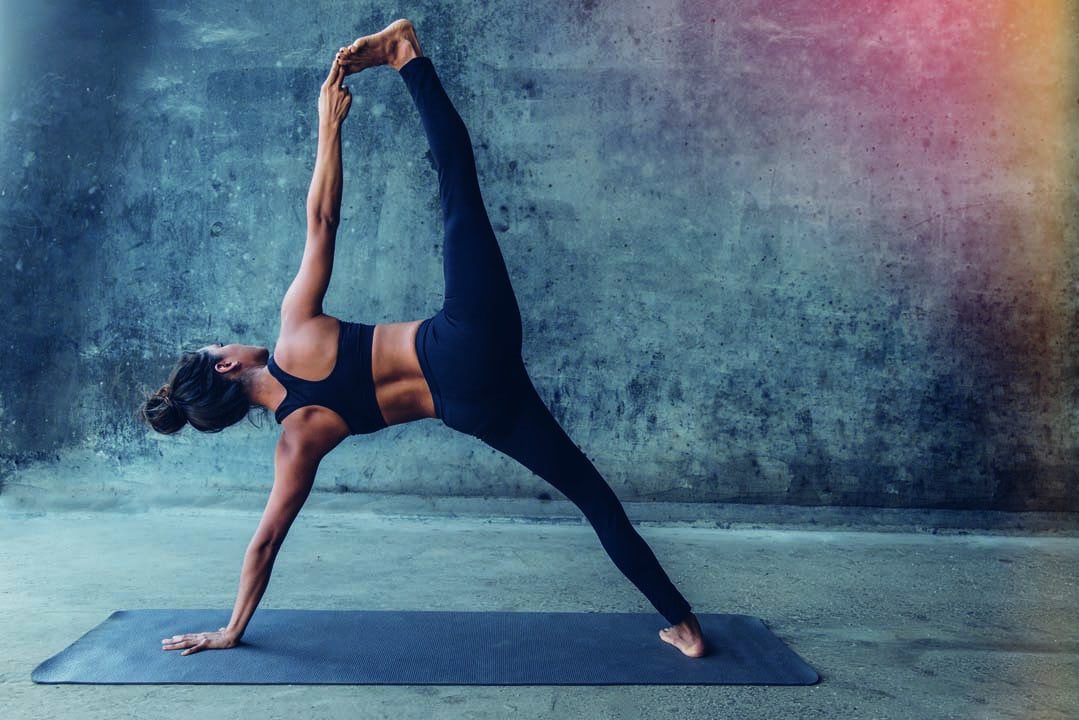
9. Boost Immune health
Deep breathing can be a simple but effective way to support lymphatic flow. The circulatory and lymphatic systems are the transportation mechanism for the immune cells and an important aspect of our immune function. As you approach your practice tap into the breath to help you both take in the nourishment of the breath and let go of what you no longer need. I like to think of steeping in the effects of inhale and exhale, at the top and bottom of each breath. In your practice, consider pausing briefly between the breath, taking the time to indulge in the potency of your breath.
10. Invest in you
We tend to put a lot of trust in references or outside opinions and while I believe learning and being a student is a powerful process, you are always your own best teacher.
Only you know your experience and only you can navigate what’s best for you.
We all need the help and support of a teacher to decode what is best but only you can feel into your body. Let go of what it looks like and invest in the internal information that you can collect to do your own experiment of what is best for you.
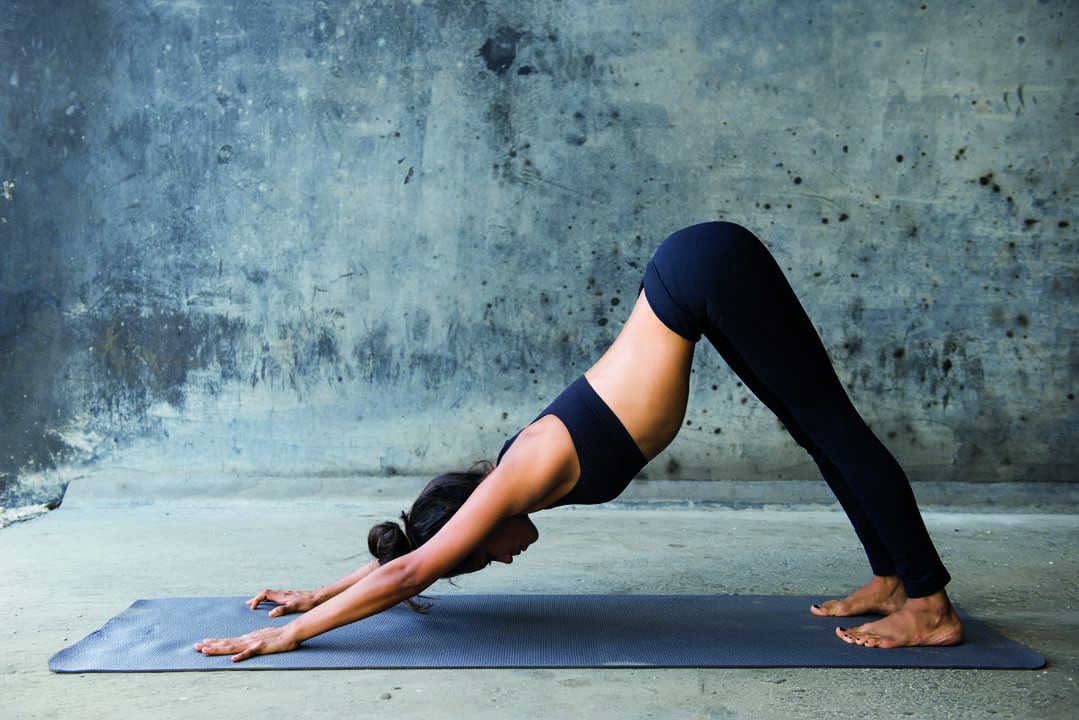
Tiffany Cruikshank is our fabulous OM cover star this month. She’s the founder of Yoga Medicine, a community of teachers focused on fusing science and research with traditional yoga practices to serve the medical communities. She has a medical background in acupuncture, Chinese medicine, sports medicine and orthopedics, has written two books, runs the Yoga Medicine podcast, founded the Yoga Medicine Seva Foundation nonprofit, has trained over 10,000 teachers around the world through Yoga Medicine and posts new practices weekly on: Practice.YogaMedicine.com
